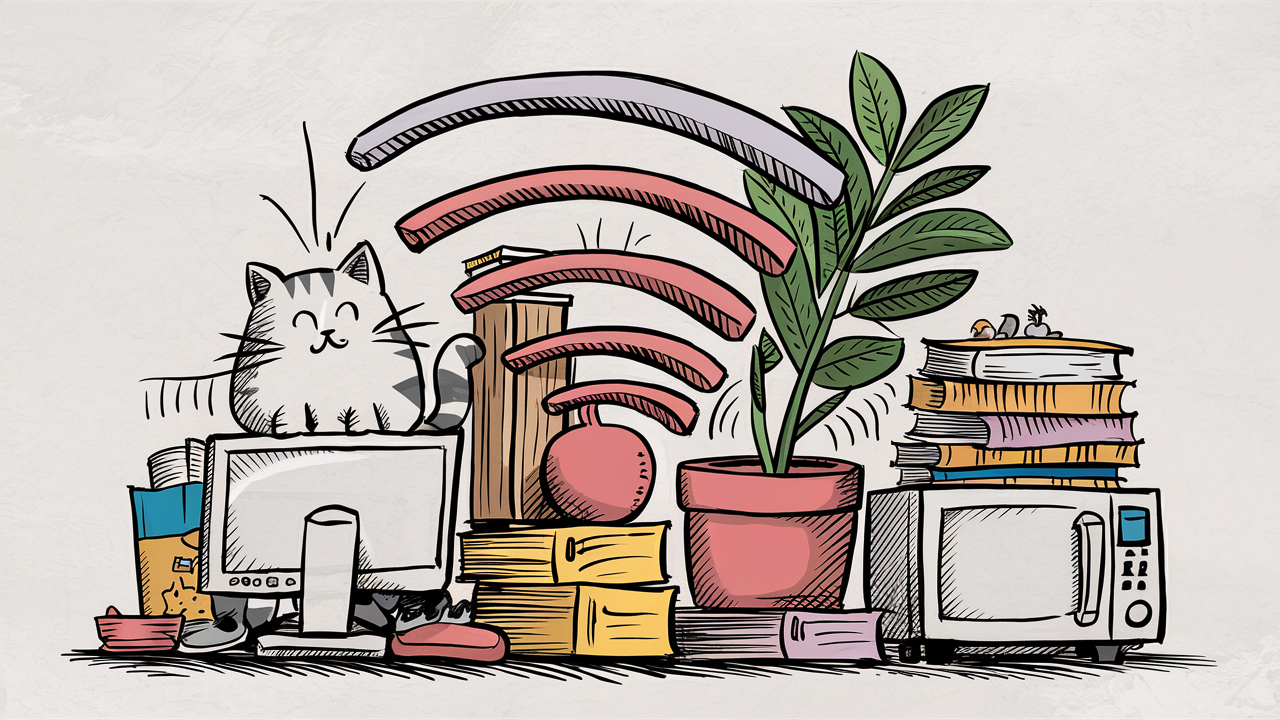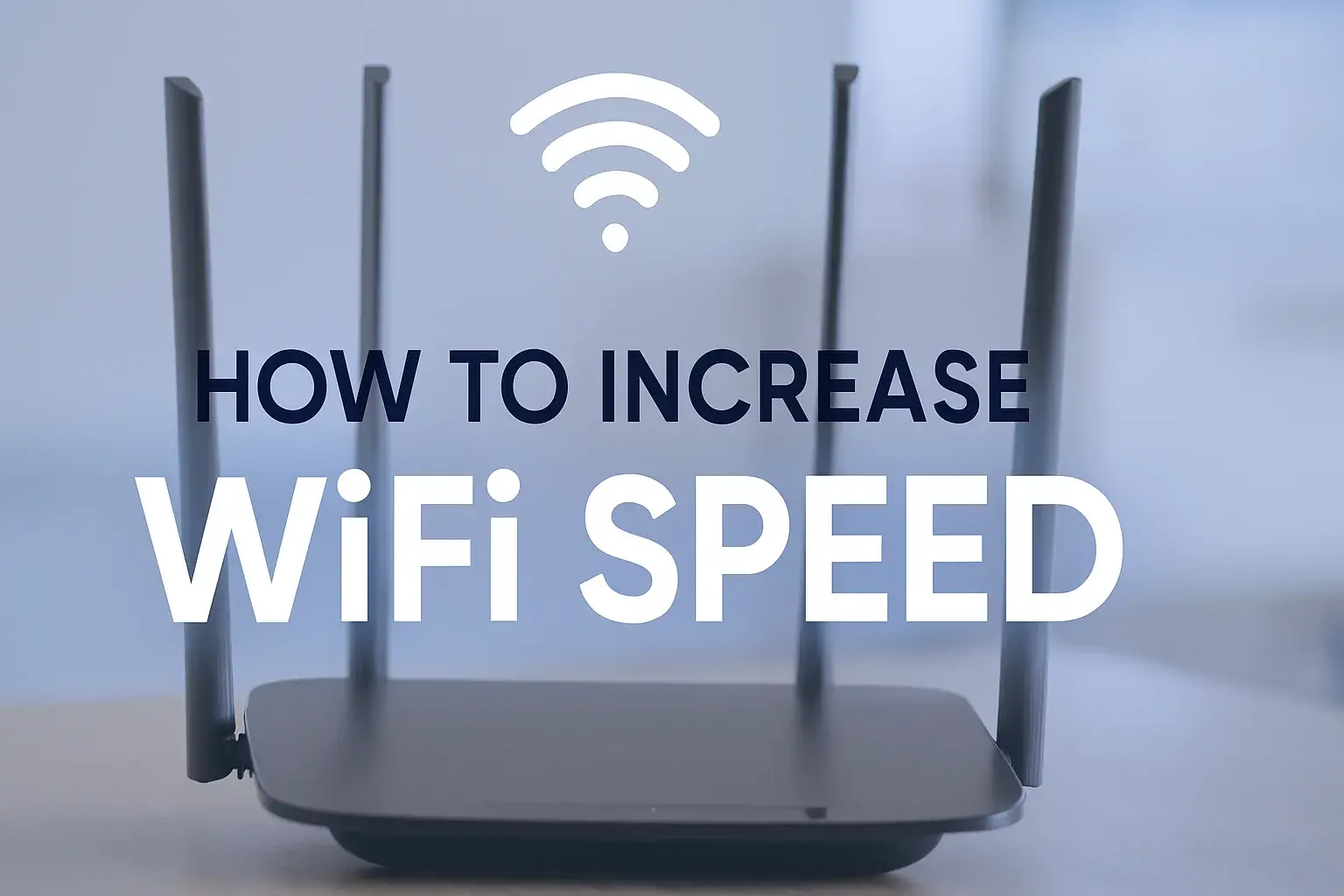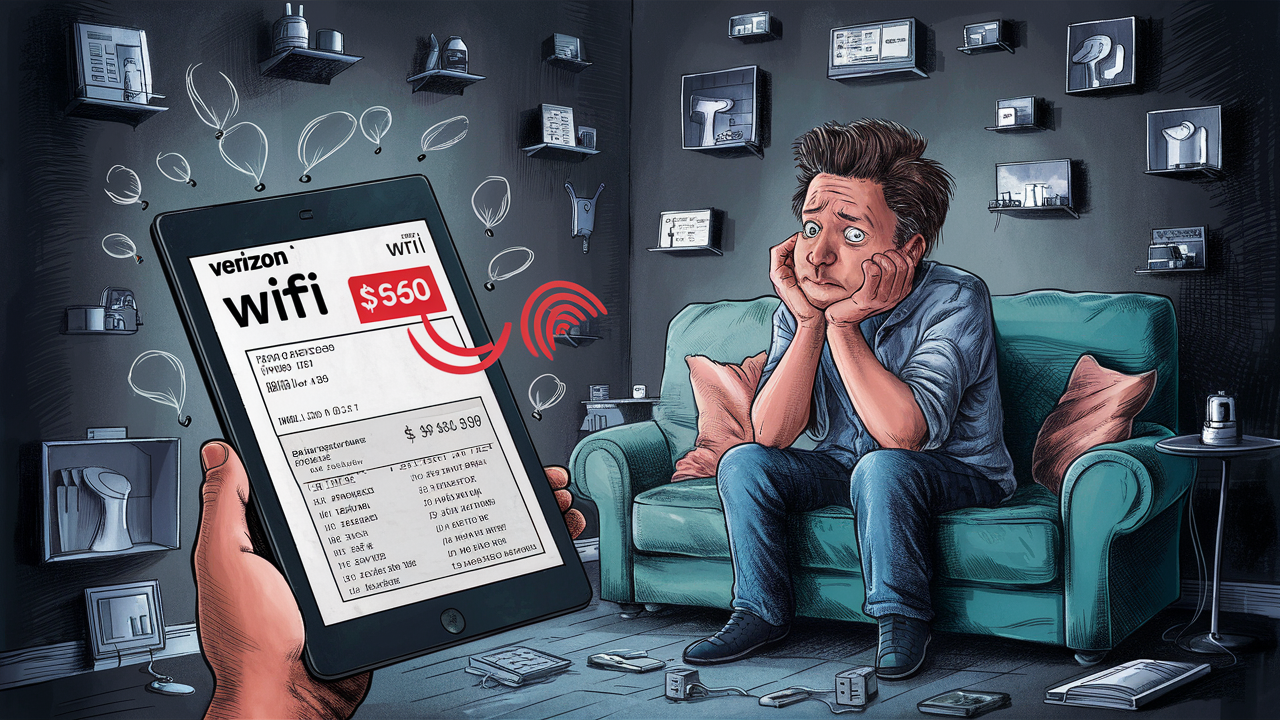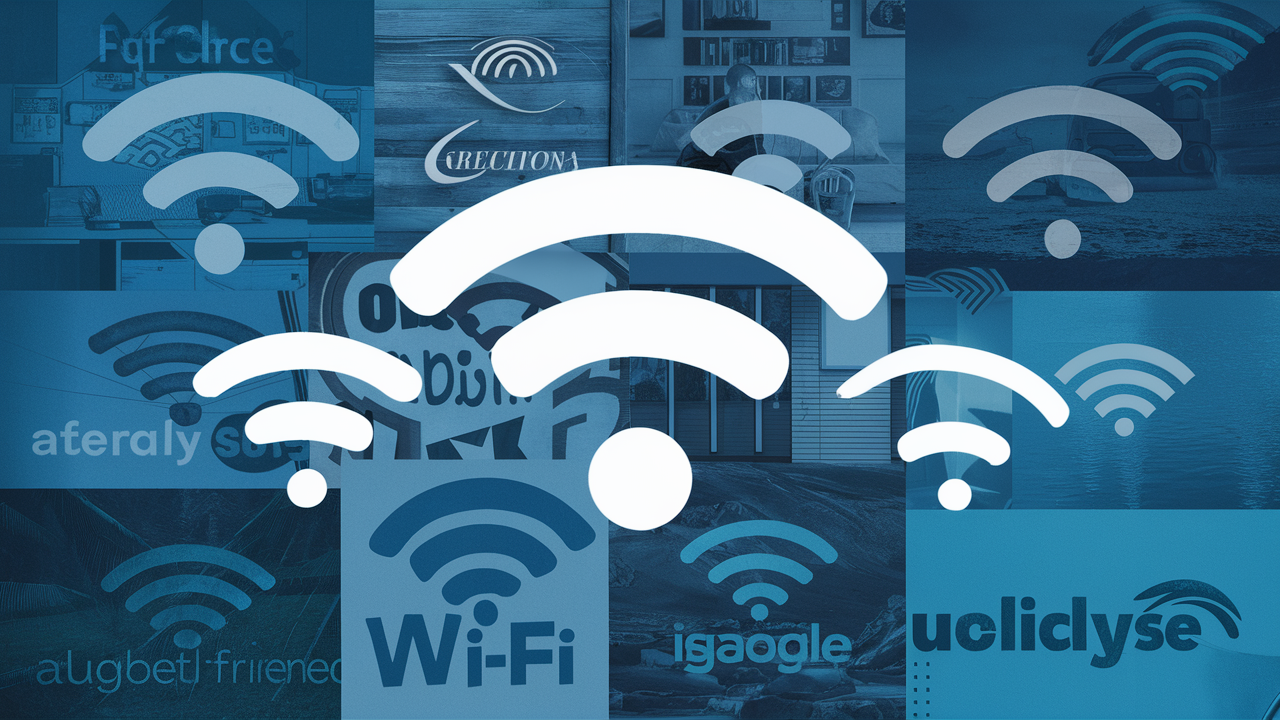What blocks the Wi-Fi signal the most?

Wi-Fi connectivity is crucial in accessing the internet, watching videos, gaming, and managing smart gadgets among other activities. However, there are quite several things that you can do that are likely to hinder your Wi-Fi signal and this will lead to a situation where the connection is slow or even cuts out. So in this post, we will identify what interferes with Wi-Fi signals the most, so as a bare minimum, one reduces these barriers to Wi-Fi signals.
Thick Walls and Floors
Thick walls due to the use of concrete, brick, or stone are some of the causes of Wi-Fi blockage as they reduce the signal reach. Many substances applied on walls, floors, and ceilings will facilitate or obstruct the wireless signals. Wireless access points transmit radio signals that are capable of penetrating thin structures such as drywalls and even doors. However, Wi-Fi has difficulty covering thick walls or multi-story floors with metal components such as rebars.
Therefore, if you have plaster and lathe walls in your home, or if you have a room created by converting a basement or garage, you will find it difficult to get Wi-Fi in such a place. Indeed, the signals or the information generally have a very difficult time passing through such a densely shielded perimeter. It is amazing to know that even solid hardwood floors are capable of hindering a signal. Two-story homes pose a greater challenge to Wi-Fi since it is difficult to penetrate floors/ceilings and simultaneously achieve a vertical distance.
Iron fixtures, Appliances, and Isolation
Materials that are more opaque to electromagnetic radiation include metals and concrete, which makes Wi-Fi signals even more challenging to penetrate. Hence metal wall studs, large appliances like refrigerators and ovens, heating and cooling air vents, stoves, and metal cabinets among others can interfere with wireless signals or at least reduce their effectiveness.
Any metallic object can reflect or absorb radio waves and the router can be limited in its coverage by those items that include aluminum window frames, foil-backed insulation, wire mesh screening, and anything else that is metal in the way of the router. It is often caused by interference from metal that you are likely to experience in areas such as the kitchen, garage, laundry, or bathroom. However, if the metal fixtures and appliances are non-portable and permanently placed then it is ideal to just orient the router and devices towards them.
Aquariums and Bulletproof Glass
Other causes of blocked Wi-Fi signals in homes while still rare include large fish tanks and the use of ballistic glass that is often used for enhanced window security. Even though low iron glass is utilized in building aquariums, the structure still has metals and minerals that interfere with Wi-Fi at higher bandwidths. The signals can also be disrupted and made weaker by bulletproof glass even if the other walls and windows do not considerably affect Wi-Fi. Bulletproof glass, due to its density and the type of materials used in its construction, also reflects and/or absorbs radio waves. If you have an aquarium to present in your home or bulletproof glass windows in the main living area that need a strong Wi-Fi connection, then you might have to have extra sturdy mesh or range extender equipment to break that wall.
Human Bodies
Correct – human bodies themselves are an adversary of wireless internet service signals! Thus, the greater number of individuals who stay in a limited area, for instance, in a crowded cocktail party or when many people are present at the office meetings with many people in a conference room, interfere with Munshi signals. Our bodies affect the signals by directing the water in them at RF, not to mention that people constantly change their positions and move in the direction of routers, they can also act as absorbers of the coverage area.
Dense Nature and Landscape
Even if your Wi-Fi router is placed indoors, there can still be indoor obstacles that may hinder signals from reaching outdoor areas. Trees and vegetation have an impact on transmission since their density and moisture content can harm wireless transmission. Leaves and needles which consist of a lot of water hinder wireless signals more than cacti and other plants that are found in deserts. If your router is situated close to numerous trees, it could create poorer signals in your yard, balcony, or porch.
In addition, natural barriers such as hills and cliffs prove to be even more unfavorable to a wireless signal that is situated at a lower level since it is unable to propagate upwards and in circles. Fences, statues, bird baths, and even outdoor kitchens which are made from concrete that is situated outside the house may interfere with the Wi-Fi sign sent from the interior of the house. That is why it is possible to position access points higher in the room, near the windows and skylights, to overcome some thick shrubbery and rough terrain.
Outlets and Power Strips
Here are some types of Wi-Fi blockades that sometimes take people by surprise and which frequently appear in offices – electrical outlets and power strip panels! Copper is a metal and is present in the electrical wirings affixed to the interior part of walls. Outlets are thus in essence, creating minuscule holes in the metal latticework to enable the use of electrical energy. However, it is necessary to note that the access points and those plastic outlet plates disrupt and bounce the wireless signal passing through the walls and significantly decrease the penetration.
These issues are very common and because people frequently choose to install routers and other networking devices close to electrical outlets and surge protectors, this is very often. I suggest, thus, avoiding placing any Wi-Fi access points right beside the outlets. Refocusing the transceivers a few inches apart boosts signal transmission through adjacent dry walls.
Distance
But of course, distance cannot be left out when it comes to negatively affecting Wi-Fi coverage, though it may not be as notorious as some of the previously mentioned factors. While technically it is possible to physically separate the routers and devices, this weakens the signal strength, and the performance is notably reduced. Wireless connection at full bandwidth is possible when connected within the same room with the router. The strength of the connection decreases when you move to the next room or go up and down the stairs of an apartment. While technologies such as 802.11n and 802.11ac enable networks to cover more area than previous generations, Wi-Fi today has its real-world constraints. This implies that as soon as one gets past a few exterior walls or front and back yard barriers, performance significantly decays.
Fiber and other highly wired connections offer exceptional speed and reliability right over thousands of feet; Wi-Fi, however, is for mobility within a home. If your router is placed in one part of your house and it cannot reach other corners of the house, or distant yards and patios, a dual-band mesh system, range extender, or an outdoor wireless access point should solve that distance problem. However, among routers, no routers offer purely whole home and property coverage without such assistance. Thus, it is reduced to the fact that while the radio waves are powerful and can be transmitted; they are still limited in the open air strength and penetration capability.
Upgrade to faster, more reliable AT&T Fiber Internet today! Call us at +1 844-905-5002 and get connected with speeds that keep you ahead.





